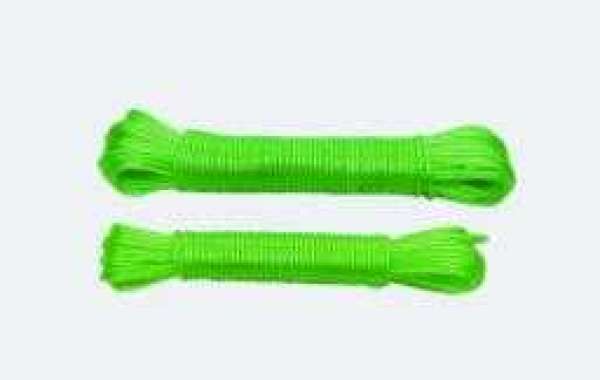A clothes line provides a natural and energy-efficient alternative to using electric dryers, allowing clothes to dry through the evaporation of moisture. Various types of clotheslines are available, each offering unique features and advantages.
The traditional T-bar clothesline is one of the most recognizable and widely used types. It consists of two parallel horizontal lines supported by a vertical T-shaped frame. This design allows for easy hanging of clothes by simply draping them over the lines. T -bar clotheslines are sturdy, durable, and capable of holding a substantial amount of laundry. They are ideal for larger outdoor spaces, such as backyards or gardens.
Retractable clotheslines offer a convenient and space-saving solution for drying clothes. They feature a retractable mechanism that allows the lines to be extended when needed and retracted when not in use. This type of clothesline is typically mounted on a wall or post and can be adjusted to the desired length. Retractable clotheslines are perfect for smaller outdoor areas or balconies, where space optimization is crucial.
A rotary clothesline, also known as a rotary airer or rotary dryer, consists of a central pole with multiple arms or lines extending from it. These arms can be rotated, allowing the clothes to catch the breeze from different directions. Rotary clotheslines are designed for maximum drying efficiency and can accommodate a significant amount of laundry. They are popular for larger outdoor spaces and are especially useful in areas with unpredictable weather conditions.
Similar to a rotary clothesline, an umbrella clothesline features a central pole. However, instead of extending arms, it has multiple lines radiating outwards, resembling an umbrella shape. The lines can be opened or closed, depending on the amount of laundry being d fried. Umbrella clotheslines are compact, easy to set up, and suitable for smaller outdoor areas or indoor use. They are often lightweight and portable, making them a popular choice for camping or traveling.








